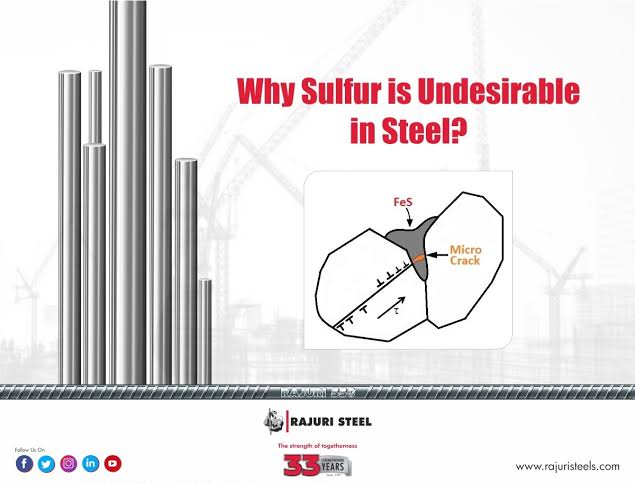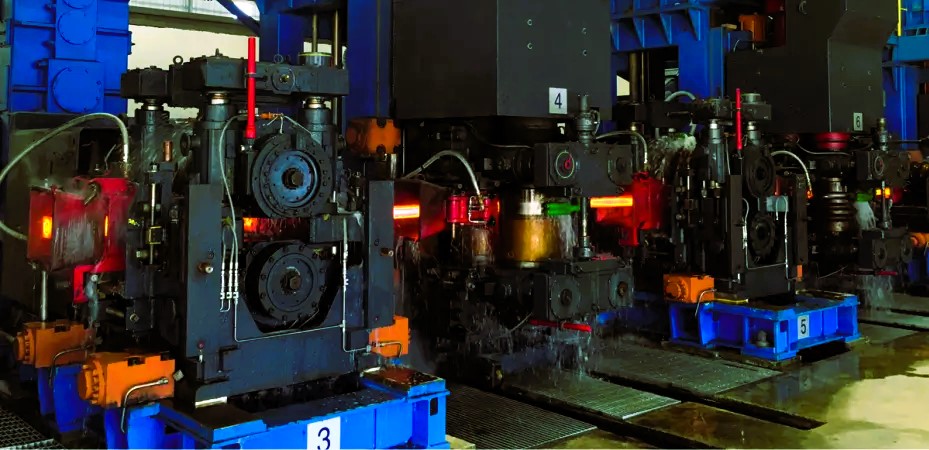Introduction
In the world of steel making, there are various key components that play a critical role in ensuring the production of high-quality steel. One such component is the basic ramming mass used in induction furnaces. This article will delve into the basics of basic ramming mass, its production process, as well as its advantages and limitations. So, let’s dive in!
What is Basic Ramming Mass in Steel Making?
Basic ramming mass, also known as acidic ramming mass, is a refractory material used in induction furnaces for lining the crucible. It is composed of a mixture of magnesite and other minerals, such as graphite and aluminum oxide, which are finely powdered and bound together with a resin or binder.
How is Basic Ramming Mass Made?
The production process of basic ramming mass involves several steps. Firstly, raw materials like magnesite, graphite, and aluminum oxide are carefully selected and crushed into fine particles. Then, these particles are mixed in precise proportion to achieve the desired chemical composition.
Next, a resin or binder is added to the mixture to enhance its workability and binding properties. This combination is then thoroughly mixed to ensure uniform distribution. Finally, the prepared ramming mass is packed into a mold and cured at a specific temperature and duration to strengthen the material’s structural integrity.
Advantages of Basic Ramming Mass
1. Thermal Stability
Basic ramming mass exhibits excellent thermal stability, making it suitable for high-temperature applications in induction furnaces. It can withstand the extreme heat generated during the steel making process without losing its structural integrity or causing any significant shrinkage.
2. Superior Erosion Resistance
One of the key advantages of using basic ramming mass is its exceptional erosion resistance. The refractory lining made from this material can withstand the corrosive effects of molten metal and slag, ensuring prolonged furnace life and minimizing downtime for repairs.
3. Easy Application
Basic ramming mass is easy to apply in induction furnaces due to its excellent workability. It can be conveniently rammed or packed into the crucible’s lining, providing a smooth and uniform surface. This ease of application saves both time and effort during the furnace lining process.
Limitations of Basic Ramming Mass
While basic ramming mass offers numerous advantages, it also has a few limitations that need to be considered:
1. Limited Application Range
Basic ramming mass is primarily used for lining induction furnaces in the steel industry. It may not be suitable for other heating devices or applications that operate at different temperatures or chemical environments.
2. High Cost
The production process of basic ramming mass involves several steps and specialized materials, which contribute to its relatively higher cost compared to other refractory materials. This cost factor needs to be considered when selecting the lining material for an induction furnace.
3. Sensitivity to Thermal Shock
Despite its excellent thermal stability, basic ramming mass can be susceptible to thermal shock if exposed to rapid and extreme temperature changes. Sudden temperature fluctuations can cause spalling or cracking of the lining, affecting the overall performance and lifespan of the furnace.
Conclusion
Basic ramming mass is an essential component in steel making, specifically in lining induction furnaces. Its thermal stability, erosion resistance, and ease of application make it a favored choice among steel manufacturers. However, its limited application range and sensitivity to thermal shock are aspects to be mindful of. By understanding the advantages and limitations of basic ramming mass, steel manufacturers can make informed decisions on selecting the most suitable refractory lining for their induction furnaces. So, next time you witness a steel-making process, remember the crucial role played by basic ramming mass!



